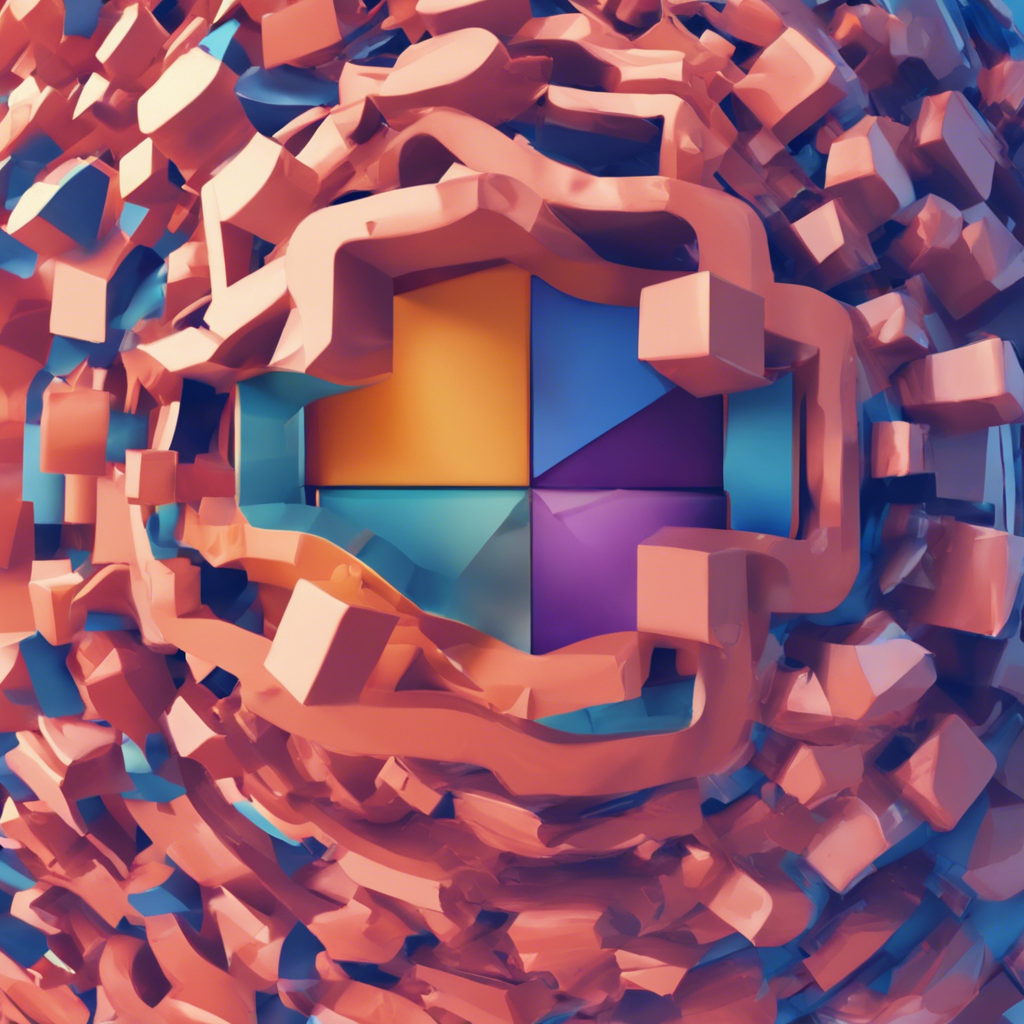What is the difference between GIF and motion graphics?
Understanding the Difference Between GIFs and Motion Graphics
GIFs and motion graphics are two forms of visual media that have become increasingly popular in recent years. While they share some similarities, there are also several key differences between the two. In this article, we'll explore what GIFs and motion graphics are, how they differ from one another, and the advantages and disadvantages of each.
What is a GIF?
A GIF (Graphics Interchange Format) is a type of digital image file that was first introduced in 1987. GIFs are typically small in size and can support up to 256 colors, which makes them ideal for use on the web. One of the most distinctive features of GIFs is that they can support animation, allowing for a series of images to be played in sequence to create a short, looping video.
GIFs have become extremely popular on social media platforms, where they are used to convey emotions, reactions, and other messages in a visual format. They are also commonly used in email signatures, website banners, and other online marketing materials.
What is Motion Graphics?
Motion graphics, on the other hand, are a form of animation that combines moving and still images to create a visual story. Unlike GIFs, motion graphics can incorporate a wide range of visual elements, including text, illustrations, and video footage. They are typically created using specialized software, such as Adobe After Effects or Cinema 4D, and can be quite complex in terms of both design and production.
Motion graphics are often used in television commercials, movie titles, and other forms of video production. They can be used to convey information, tell a story, or simply create an eye-catching visual effect.
Key Differences Between GIFs and Motion Graphics
While GIFs and motion graphics are both forms of visual media that incorporate animation, there are several key differences between the two:
Complexity
GIFs are relatively simple in terms of design and production. They are limited to a maximum of 256 colors and cannot incorporate video footage or other complex visual elements. Motion graphics, on the other hand, can be quite complex, incorporating a wide range of visual elements and requiring specialized software and skills to create.
File Size
GIFs are typically small in size, which makes them ideal for use on the web. They can be easily embedded in websites, social media posts, and other online materials without slowing down page load times. Motion graphics, on the other hand, can be quite large in size, especially when high-quality video footage is incorporated. This can make them less suitable for use on the web, particularly on slower internet connections.
Use Cases
GIFs are primarily used for short, looping animations that are designed to convey emotions or reactions. They are ideal for use on social media platforms, where they can be easily shared and viewed on mobile devices. Motion graphics, on the other hand, are typically used in more complex video productions, such as television commercials or movie titles. They are often used to convey information or tell a story, and can be more complex and time-consuming to produce.
Production Time
GIFs can be relatively quick and easy to produce, particularly if they are based on existing images or illustrations. Motion graphics, on the other hand, can be quite time-consuming to produce, particularly if they are complex or involve a lot of custom design work.
Advantages and Disadvantages of GIFs and Motion Graphics
Both GIFs and motion graphics have their own unique advantages and disadvantages. Here are some of the key points to consider:
GIFs
Advantages:
- Quick and easy to produce
- Small file size makes them ideal for use on the web
- Can be easily shared and viewed on social media platforms
- Ideal for conveying emotions or reactions
Disadvantages:
- Limited in terms of visual complexity
- Cannot incorporate video footage or other complex visual elements
- Can appear "choppy" or "jerky" when played at high speeds
Motion Graphics
Advantages:
- Can incorporate a wide range of visual elements, including video footage
- Ideal for conveying information or telling a story
- Can be used in a variety of contexts, including television commercials and movie titles
- Can be very visually impressive
Disadvantages:
- Can be quite time-consuming to produce
- Large file size can make them less suitable for use on the web
- Can be more difficult to share and view on social media platforms
- Can be more expensive to produce than GIFs
Conclusion
GIFs and motion graphics are two forms of visual media that have become increasingly popular in recent years. While they share some similarities, there are also several key differences between the two. GIFs are relatively simple and quick to produce, making them ideal for use on social media platforms and in other online contexts. Motion graphics, on the other hand, are more complex and time-consuming to produce, but can be used to convey information or tell a story in a visually impressive way. Ultimately, the choice between GIFs and motion graphics will depend on the specific needs of your project, as well as your budget and production capabilities.
Discover more from EMD
Subscribe to get the latest posts to your email.
